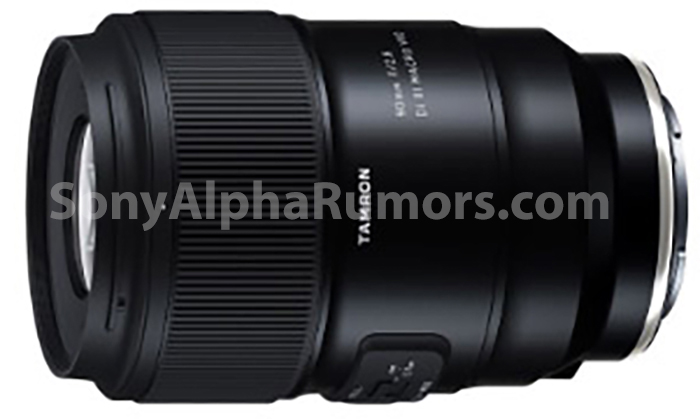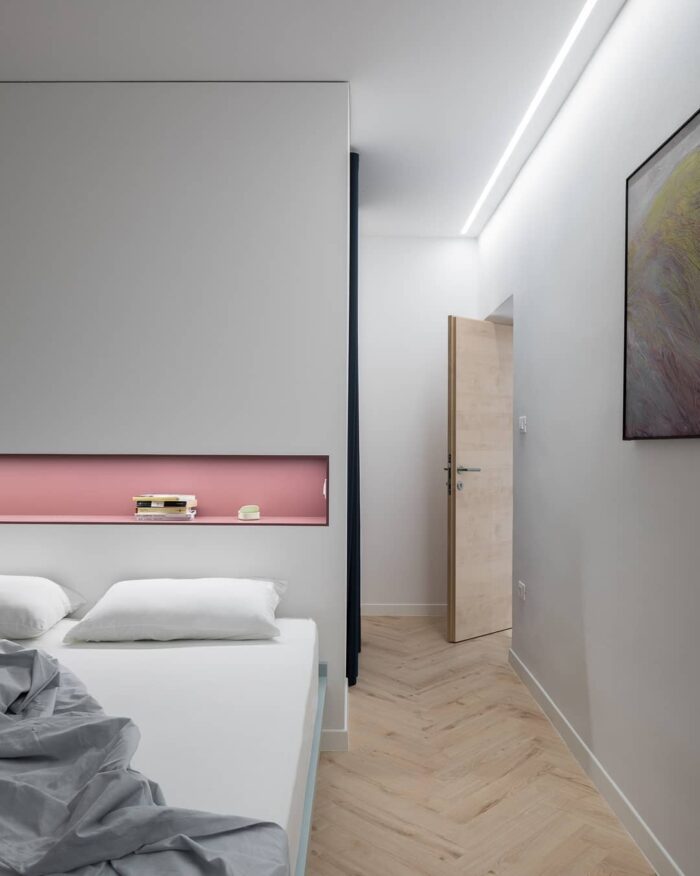New deal: Get a $15 credit for Prime Big Deal Days when you back up your photos with Amazon Photos
Til October 3 you get a $15 credit when you back up your photos with Amazon Photos (Click here). This is how it works:
Til October 3 you get a $15 credit when you back up your photos with Amazon Photos (Click here). This is how it works:

On September 26 at 6am London time Tamron will launch their next new Full Frame E-mount lens. It’s the 90mm F2.8 Di III VXD 1:1 MACRO. The lens will be priced at $699 which is $400 less than the Sony 90mm macro.
Press text:
TAMRON 90mm F2.8 Di III VXD 1:1 MACRO for SONY E-MOUNT & NIKON Z MOUNT (Model F072)
TAMRON’s Legendary 90mm Macro is Reborn for Mirrorless
TAMRON’s new 90mm F2.8 MACRO for full-frame mirrorless offers unparalleled sharpness from center to edge and a velvety bokeh effect. TAMRON introduces its first 12-blade circular aperture, ensuring perfectly circular bokeh and minimal vignetting especially in the macro range. The 12-blade design creates 12 rays for stunning starburst effects when stopped down, making it ideal for dramatic images with point light sources. This compact mid-telephoto macro is just 126.5mm (5″) long and weighs 630g (22.2oz.), has a maximum diameter of 079.2mm. It fits comfortably in the palm making it easy to hold for long periods of time. The lens is equipped with a focus limiter switch that can restrict the AF focus range, enabling faster focusing during AF shooting. This feature also helps prevent the lens from searching focus in full range when losing focus during close-range AF photography. The rotational torque of the focus ring has been carefully calibrated to assist with precise Manual Focus operation. SonyAlphaRumors
This moderate torque makes fine-tuning the focus more exact and ensures that the results are accurate. The new hood design with a sliding window for easy filter use lets photographers rotate filters without removing the hood. The 90mm F2.8 MACRO is compatible with the dedicated TAMRON Lens Utility software. It lets users change lens settings, assign camera functions and update firmware when necessary. In addition, the mobile version is especially useful for macro photography where a tripod is often used. Users may customize functions for various still photography and videography shooting styles. This lens excels in macro, landscape, and portrait photography, offering unique photographic expressions across genres.
Key Features
Specifications of the 90mm Di Ill
*Length and weight are for Sony E-Mount
Compared with the Sony the Tamron can focus 5cm closer (23cm vs 28cm), has 12 blades instead of 9. I suspect price will be lower too.
–
Thanks to the source for sending me this!
The Japanese store MapCamera shared the top 5 best selling cameras of the year (January 1, 2024 to September 15, 2024):
Fuji and Nikon are performing well while Canon is lagging behind. Probably the Fujifilm X100VI would be on top if Fuji could produce more of them. When it comes to Sony the A7cII is the best selling E-mount camera. But we need Sony to finally wake up and announce new FF cameras if they want to stay on top!
–
Found via Digicameinfo

One of the T/S images shot by Davide Perbellini using the Mamiya 645 system
The idea for this article was sparked by a discussion I just had with a colleague of mine named Davide Perbellini (here is his IG account). He’s an architectural photographer looking to switch systems. He currently owns an old Phase One Back for the Mamya 645 system and asked me what kind of tilt-shift lens options we have for the E-mount. Specifically, he needs a 24mm and 80mm focal length. I am not an expert in this field and I quickly googled the different options and none were really satisfactory:
Option 1: Using third party Tilt Shift lenses like the Samyang/Rokinon 24mm T/S that has a poor optical performance compared ot the majestic Canon 24mm T/S lens. Some other better quality lenses are shift only like the Laowa 20mm lens.
Option 2: Using a third party Tilt-Shift lens adapter from Fotodiox and adapt older Canon or Nikon lenses on it.
His request: He would like to know from you if you can get professional results using the Tilt Shift adapter (your feedback in the comment system is welcome).
My thoughts: I’m afraid that nothing even comes close to what the Canon R or Fuji GF system can offer. They have native T/S lenses like the Canon 24mm, Fujifilm 30mm and Fujifilm 110mm. And I really wonder why the E-mount lens line is completely missing this market. We have a ton of 50mm and 85mm lenses that are completely redundant. How come Sony (and other third party manufacturers) have abandoned this segment?
Maybe Sony thinks the market is too small to waste time developing lenses for architectural photographers. Would love to hear the opinion that are in this market, if they have some “work around” that are satisfying, or if they gave up on Sony and use different camera systems for that specific task.
Thanks!
Preorders of the new Peak Design Outdoor Bag are skyrocketing on Kickstarter (Click here). This is crazy!